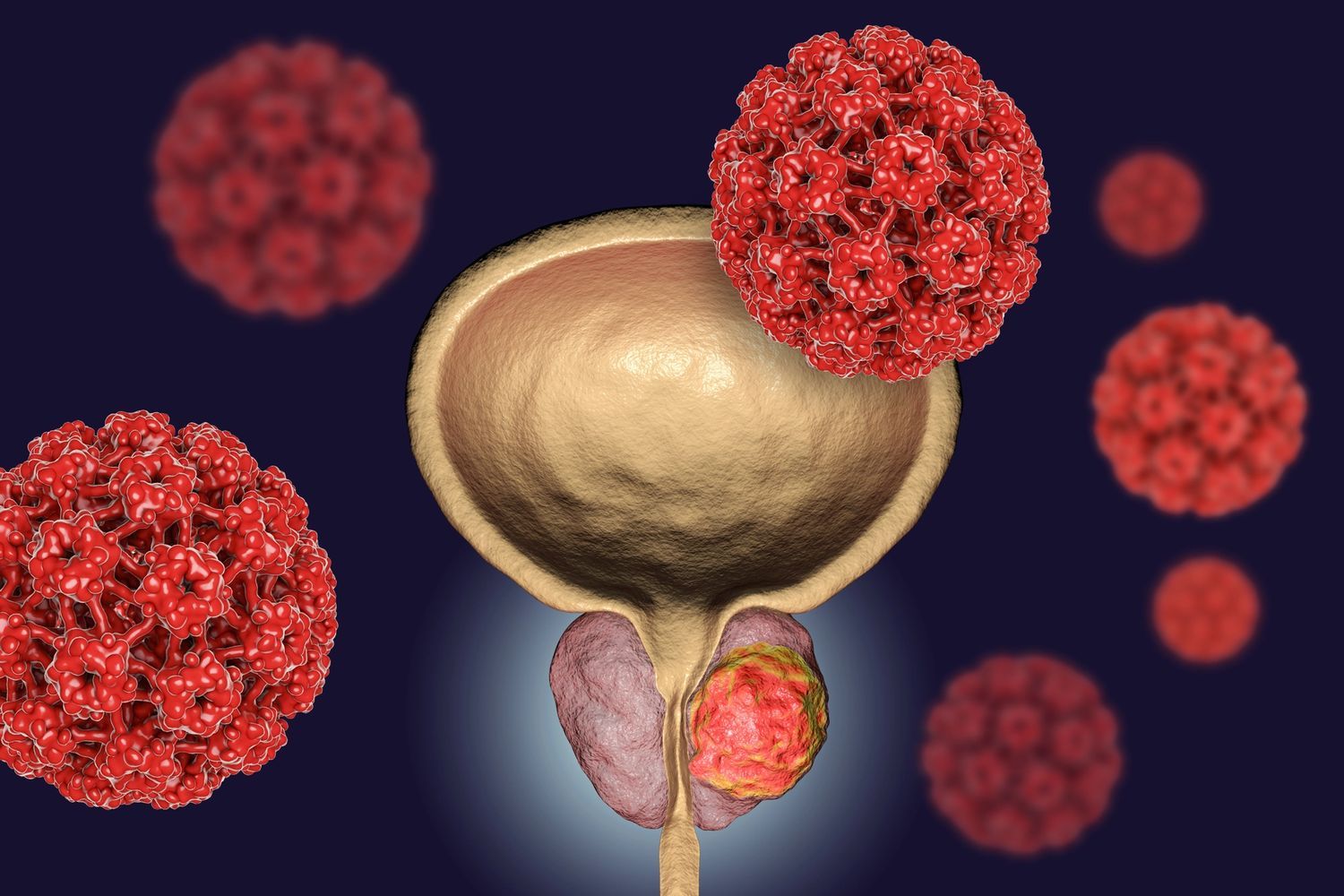- Benign Prostatic Hyperplasia
- Hormone Therapy
- Genomic Testing
- Next-Generation Imaging
- UTUC
- OAB and Incontinence
- Genitourinary Cancers
- Kidney Cancer
- Men's Health
- Pediatrics
- Female Urology
- Sexual Dysfunction
- Kidney Stones
- Urologic Surgery
- Bladder Cancer
- Benign Conditions
- Prostate Cancer
FDA updates label for avanafil in men with post-RP erectile dysfunction
Both doses of avanafil administered led to a statistically significant improvement vs placebo for all 3 primary efficacy end points

The FDA has updated the label for avanafil (Stendra) to now include positive clinical trial data for use of the oral erectile dysfunction (ED) drug in men with ED after receiving radical prostatectomy.1
The new data are from a randomized, double-blind, parallel, placebo-controlled phase 3 trial (NCT00895011) that enrolled patients experiencing ED after receiving a bilateral, nerve-sparing radical prostatectomy. The efficacy population included 286 patients. The mean age was 58.4 years (range, 40-70). Regarding race, 81.5% of patients were White, 18.1% were Black, and 0.3% were other races. The study was a fixed-dose trial with a duration of 3 months. Patients were randomized to 100 mg (n = 94) or 200 mg (n = 96) of the phosphodiesterase 5 (PDE5) inhibitor avanafil once daily, or matching placebo (n = 96).
Both doses administered in the study led to a statistically significant improvement vs placebo for all 3 primary efficacy end points. Scores on the International Index of Erectile Function – Erectile Function (IIEF-EF) domain score patient questionnaire were 12.6 and 14.7 for the 100-mg (P = .0001) and 200-mg (P < .0001) groups, respectively, compared with 9.3 with placebo.2 The vaginal penetration (SEP2) rates were 32.5% and 40.8% for the 100-mg (P = .0003) and 200-mg (P < .0001) groups, respectively, vs 19.7% with placebo. And the successful intercourse (SEP3) rates were 23.4% and 26.4% for the 100-mg (P = .0004) and 200-mg (P < .0001) groups, respectively, vs 8.9% with placebo.
The safety population included 298 patients: 100 patients who received placebo and 99 patients each for the 100-mg and 200-mg avanafil groups. Adverse events across all grades occurring in at least 2% of patients were headache (1.0%, 8.1%, and 12.1% in the placebo, 100-mg, and 200-mg groups, respectively), flushing (0.0%, 5.1%, 10.1%), nasopharyngitis (0.0%, 3.0%, 5.1%), upper respiratory infection (0.0%, 2.0%, 3.0%), nasal congestion (1.0%, 3.0%, 1.0%), back pain (1.0%, 3.0%, 2.0%), electrocardiogram abnormal (0.0%, 1.0, 3.0%), and dizziness (0.0%, 1.0%, 2.0%).
"Our ongoing goal remains to expand access of Stendra to as many men who need it as possible," Fady Boctor, president and chief commercial officer of Petros Pharmaceuticals, the developer of avanafil, stated in a press release. "Whether it is through a label expansion that now includes a significant population of men who were not covered under the previous labeling, or ultimately applying to ensure that Stendra can be obtained OTC, we believe every opportunity to increase the availability of Stendra is an opportunity to improve the lives of more men who suffer from ED. We are grateful to the FDA for their ongoing collaboration in this label expansion and will continue to work closely with the agency moving forward."
References
1. New FDA-Approved Labeling for Petros Pharmaceuticals’ STENDRA (avanafil) Now Includes Efficacy Data Regarding Use in Men Who Have Undergone Radical Prostatectomy. Published online October 25, 2022. Accessed November 21, 2022. https://bit.ly/3Ev1efM
2. FDA Highlights of Prescribing Information. https://www.accessdata.fda.gov/drugsatfda_docs/label/2022/202276s020lbl.pdf.
Cell-cycle risk score is predictive of ADT benefit in prostate cancer
May 17th 2024"Prolaris precisely describes the difference in metastasis outcomes for men receiving monotherapy (RT) vs multimodal therapy (RT+ADT), and further tells me precisely what the risk of death is for a man on surveillance," says Jonathan D. Tward, MD, PhD.
